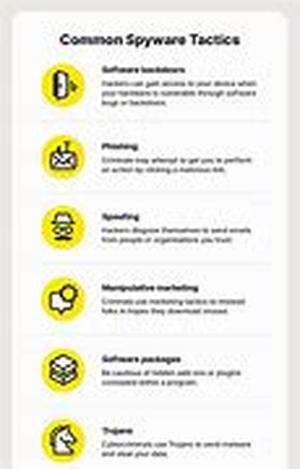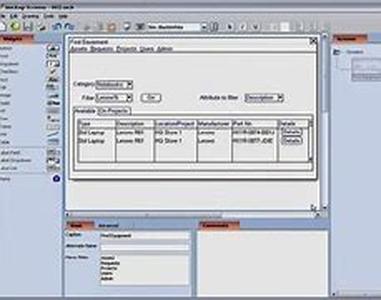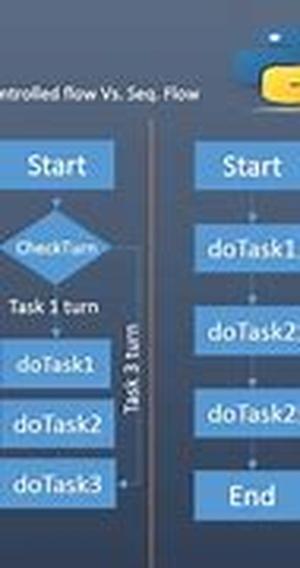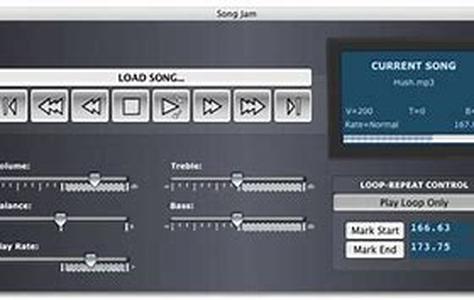
SPDIF Is A Type Of Data Link Layer And Physical Layer For The Transfer Of Digital Audio Signals Between Multiple Devices Or Stereo Components. SPDIF Is An Acronym For Sony Philips Digital Interconnect Format Or Sony Philips Digital Interface. As Described In The Acronym, The SPDIF Format Was Developed During Joint Operations Between Sony And Philips. It Is A Minor Modification Of The AESEBU (Audio Engineering Society European Broadcasting Union) Specification From 1985. However, Unlike The AESEBU, The SPDIF Format Was Developed Specifically For Home, Consumer Use, As It Requires Hardware That Is Not As Expensive As Those Required By The AESEBU Model.What Is SPDIF Used For?SPDIF Is Used To Transfer Digital Audio To A Variety Of Home Audio Equipment. Common Devices That Can Take Advantage Of The SPDIF Format Include: DVD Players, Computer Sound Cards, CD Players, And Receivers. The Most Common Connection Is Made Between A DVD Player And A Receiver For High Quality Dolby Digital Or DTS Surround Sound. However, It Is Also Fairly Common To Connect A CD Player To A Receiver Using The SPDIF Cables As Well.What Are The Differences Between The AESEBU Standard And SPDIF?The AESEBU Standard Provided The Building Blocks For What Would Become SPDIF. The Two Formats Differ In Their Use Of Cabling, Connectors, Signal Level, Subcode Information, And Maximum Resolution. However, Both Formats Use Biphase Mark Code For Modulation.The AESEBU Format Uses A More Robust 110 Ohm Shielded Cable While The SPDIF Format Uses A More Consumer Friendly 75 Ohm Coaxial Cable Or Fiber Cable. AESEBU Can Also Use A 75 Ohm Coaxial Cable As Well. The AESEBU Format Can Take Advantage Of XLR, D-sub, Or BNC Connectors While The SPDIF Format Uses RCA, BNC, Or TOSLINK Connectors.The Signal Level Found With The AESEBU Specification Ranges From 3 To 10 Volts While The SPDIF Signal Level Ranges From 0.5 To 1 Volt. Subcode Information Is Provided Via ASCII ID Text For AESEBU While Subcode Information Is Provided Via SCMS For SPDIF. Furthermore, The Max Resolution For AESEBU Is 24 Bits While The SPDIF Format Provides A Max Resolution Of Only 20 Bits.What Are The Other Specifications For SPDIF?The Most Common Digital Signal Transfer Frequency Over SPDIF Is 48 KHz For DAT (Digital Audio Tape) Or 44.1 KHz For CD Quality Audio. There Is No Defined Data Rate For SPDIF, Which Uses Biphase Mark Code Instead That Allows For One Or Two Transitions For Every Bit.





